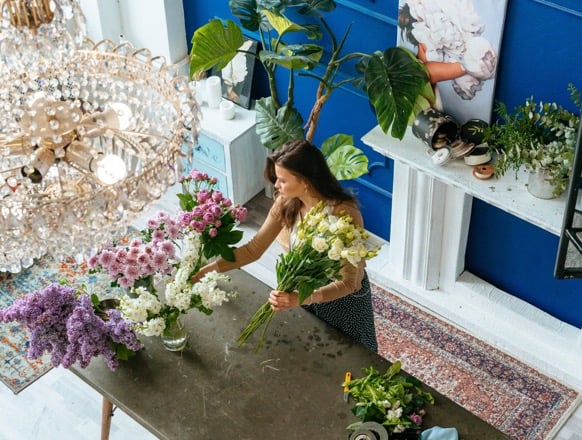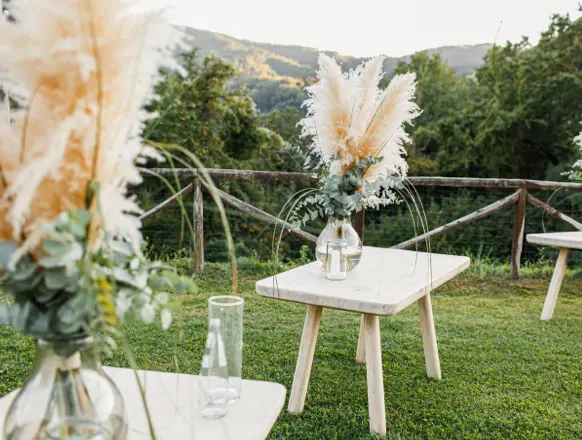Flowerglass of Time: The Rich History of Flowers
Flowers, with their vibrant colors, enchanting fragrances, and delicate petals, have captivated humanity for centuries. Beyond their aesthetic appeal, flowers have played significant roles in cultural, religious, and symbolic contexts throughout history. This article delves into the fascinating history of flowers, exploring their evolution from mere botanical entities to symbols of love, beauty, and cultural significance.
The Ancient World:
The history of flowers can be traced back to ancient civilizations where they held both practical and symbolic value. In ancient Egypt, flowers such as the lotus were revered for their symbolism of rebirth and creation. The Greeks and Romans, too, embraced flowers in their mythologies, associating them with gods and goddesses. The rose, for example, was linked to Aphrodite, the goddess of love.
In Asia, particularly in China and Japan, flowers like the chrysanthemum and cherry blossom were cherished for their aesthetic qualities and symbolic meanings. The practice of flower arranging, known as ikebana in Japan, emerged as an art form with deep cultural roots.
The Middle Ages:
During the Middle Ages, flowers continued to hold symbolic significance, often being used to convey messages when words were unsuitable. The language of flowers, known as floriography, gained popularity, with each flower carrying a specific meaning. This tradition allowed people to express sentiments and emotions discreetly through carefully chosen floral arrangements.
Renaissance and the Language of Flowers:
The Renaissance era witnessed a renewed interest in the natural world, and flowers became subjects of art, literature, and scientific study. Botanical illustrations flourished, contributing to the understanding of plant life. Meanwhile, the language of flowers reached its zenith, with flower dictionaries guiding individuals on the appropriate blooms to convey their feelings.
The Victorian Era:
The Victorian era is perhaps the golden age of floriography. Queen Victoria herself was a flower enthusiast, and flowers became an integral part of societal communication. Victorians exchanged carefully crafted bouquets called “tussie-mussies,” where the choice of flowers conveyed intricate messages. This era solidified the idea that flowers were not just ornamental but also vehicles for expressing emotions.
The Rise of Floriculture:
As industrialization progressed, so did the cultivation and trade of flowers. The development of greenhouses and transportation networks enabled the mass production and global distribution of flowers. This shift marked the commercialization of flowers, transforming them from luxury items to accessible expressions of sentiment.
Flowers in Modern Times:
In the 20th and 21st centuries, flowers have maintained their cultural importance. They are central to celebrations, from weddings to funerals, and are used as gestures of love, friendship, and sympathy. The floral industry has grown exponentially, with a myriad of flower varieties available year-round.
Conclusion:
The history of flowers is a tale of botanical evolution, cultural symbolism, and human expression. From their humble beginnings in ancient civilizations to their role in modern-day celebrations, flowers have woven themselves into the fabric of human history. Whether exchanged as symbols of love, used in religious ceremonies, or simply appreciated for their beauty, flowers continue to enchant and inspire, reminding us of the enduring power and significance of nature’s most exquisite creations.
“In joy or sadness, flowers are our constant friends.” – Okakura Kakuzo
For updates on new Juse Fiori Blog articles, subscribe to our email newsletter.
Tags
What do you think?
Related Articles

The Blooming Tale: A Journey Through the Evolution of Flowers
Whether it’s the hue of a precious gem or a stem that reminds them of a special time or place – our florists take inspiration from a plethora of su…

Oregonian Fiori: 6 Flowers Native to the State of Oregon
Nestled in the Pacific Northwest, Oregon boasts a diverse and rich ecosystem that is home to an array of native plant species, including a captivating

Team picks: Our favorite british flowers
British Flowers Week is coming up soon, 14 – 21 June 2021, and we’re delighted to commemorate this much-loved annual celebration of British cut fl…






























Thank you so much for the flowers were beautiful and the service was exceptional. I can’t thank you enough for the beautiful arrangement and care in delivery. It made for a happy moment in a difficult day for my step-grandmother.
Thank you so much Valentine’s collection, it is absolutely stunning! The flowers were so pretty and the service was exceptional. I can’t thank you enough for the beautiful bouquet and the easy delivery.